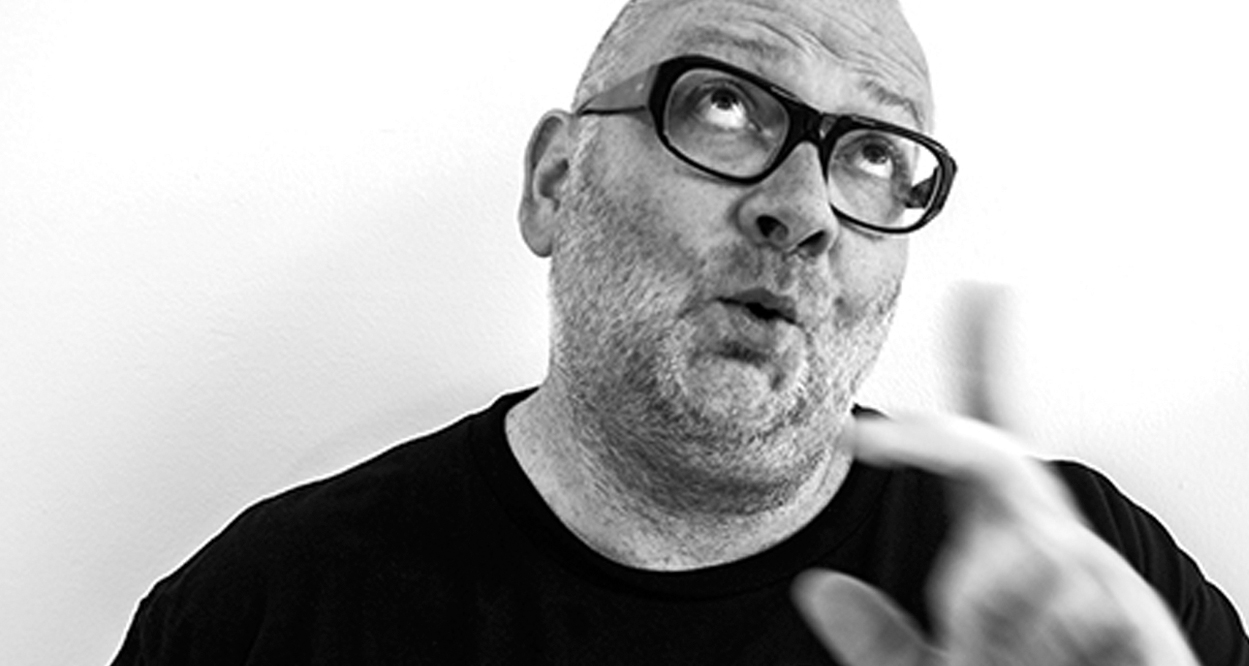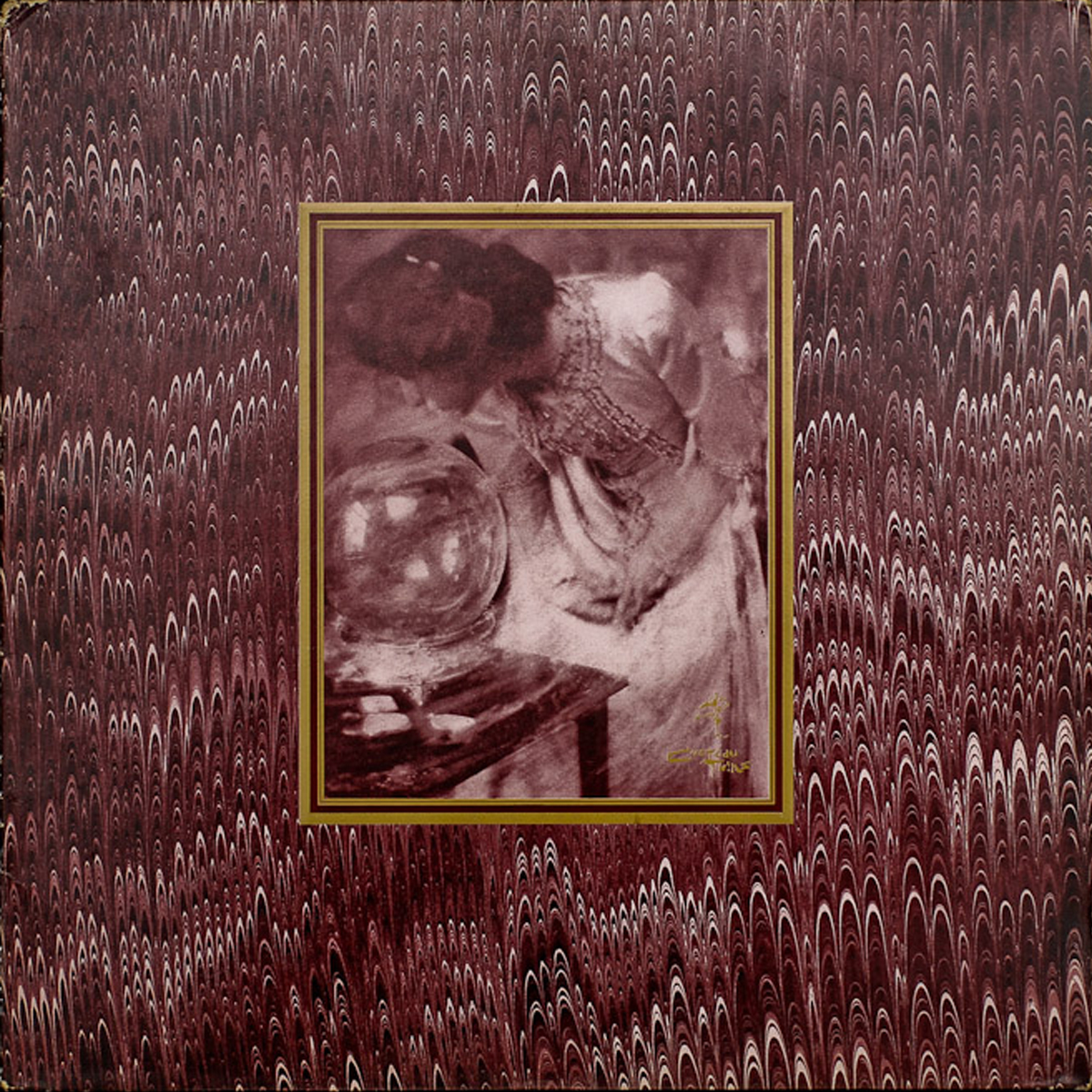
While observing the output from recent commercial arts education, it seems clear to me that the well has run dry—mainly because everyone is visiting the same well. And it’s dictated by the need for ‘smart’ decisions that are strategically cogent, with a firm eye on economics and a thorough understanding of one’s place in the pecking order. A sort of desperate symbiosis with industry as it exists today—rather than a self-sufficient invention of the present, and the future.
While observing the output from recent commercial arts education, it seems clear to me that the well has run dry—mainly because everyone is visiting the same well.
In this world, aesthetics and emotion are simply a layer, if present at all. There is no sense of the past, the present or the future. In its place there is a hollow sense of ultra-conservative stasis. It’s mired in slick.
Some moan about it—a bit—but only at lunch, or ‘down the pub’. And there is the ever present lure of competitions; an obligation to do all of the D&AD briefs. This is possibly one of the single most damaging aspects of education—the subtle enforcement of homogenisation by the industry itself; dangling the carrot while the lobotomy is carried out. It’s an excuse for colleges to absolve themselves of any responsibility… No, even worse, of personality.
When students ought to be pursuing their own tangents, their own journeys and wanderings, enter the leaden drear of the D&AD brief. It’s the sound of the bucket rattling at the bottom of the dry well. A wheeze beckoning one-and-all to believe the buzz and the words. But most of all, a reassurance not to rock the boat. In fact, it’s my impression that the main ‘skill’ being taught at the moment is just that: don’t rock the boat. The argument is: “They told me.” “We had to…” But it’s a cold conditioning to toe the line.
I mention all this because it seems to be about alienation—but a kind of autonomously sought and deliberate alienation. And yet, it’s nothing like that of the punks, for example. They felt, and were rejected by, society but were most certainly not victims. Their remit was to create, even though they said ‘destroy’. In contrast, this contemporary alienation is perverse—a childish refusal, rather than a rejection by an atrophied state. Today’s version has become an alienation driven by being wilfully bland, voiceless, and disappearing, whilst simultaneously exuding a cloying, demanding need. This new world has become clinical, automated and templated.
But I remember a different path, and I remember it clearly: a drawing class in a foundation course. Previously, we had been introduced to grids, the nuances of greyscale and hand rendering. The drawing class, however, was a little looser and included landscape. One class required us to draw layers of soil and undergrowth. In another, the tutor asked us to look out the window—at the view outside, at the room surrounding the window—but the task was to imagine what we were seeing as flat, not dimensional. This changed the way I saw the world. One moment I was an observer of the things around (and outside) me, passively looking. But in the next moment, I emerged as someone who found themselves truly ‘seeing’. Suddenly, I could see the interrelationship of things: lines intersecting, shapes overlapping and interrupting, shapes and shade, structure, pattern, form—the drama of form in the world, and within myself. No longer just outside of me. Everywhere the expressive world was present: tension, drift, emotion, light.
Everywhere the expressive world was present: tension, drift, emotion, light.
And I remember other similar moments.
I remember a 12 inch vinyl record label for Pearly Dewdrops Drops by The Cocteau Twins (4AD Records). It felt like my vision was slipping, that I couldn’t see the image. The truth was I didn’t know what it was, so I didn’t know ‘how to see it’. Understanding this was profound. It felt like I’d been handed the means and the guidance to always be able to make something. Beyond ‘inspiration’, this was innate. It had become part of me—even more than reflex. It was as if some visceral exchange had taken place; a change of state.

It’s the difference between one person suggesting to look out a window versus another who values toeing the line. These are enormous yet simple things. Just like communality; making the college studio the heart of things. Just like the humanities; integrating all of culture as much as possible in every situation, not just those elements of culture that have a seemingly ‘direct’ relationship to the thing at hand.
It’s the difference between one person suggesting to look out a window versus another who values toeing the line.
In contrast, the industry now operates along these lines: go to the D&AD annual in order to make something. It’s akin to drinking ones own piss. Where is independence and self-determination? Why not let the student and their work create the course (the path)? Why not emphasise the importance of realisation while one is at college, working as hard as possible to gather the things one needs to create ones own space—whether that is a thing, a company, a studio, a collective? All this is preparation for when the time comes to leave college and to keep on going. Because there is no ‘Real World’ (this constant distinction between the ‘Real Word’ and everything else)—it’s what you make it. This is a practical approach. It values using time and resources as working tools: limiting both, expanding both, and changing both… It’s about developing spaces to think, spaces for chaos, and so on.
Ultimately, time is the one true thing college really accommodates: Time to think, time to play, time to question, time to experience, time to understand, time to make… Time to continually pursue interconnection as the heart of study and learning.
Time to explore work, life, play, art, college, studio, street, world, mind, heart, work… Not manufacturing passive students. Not defining the ‘Real World’ (because ‘we’ say the ‘Real World’ is scary and you must obey).
The imagined/invented obligations of the ‘Real World’ are probably the single cause of the flat grey landscape of commercial arts today. The antidote? Be a monster. Provoke. Fuck it up. Question. Subvert. Think. Express. Follow your own map. Most of all—make things. Never stop. It’s art school motherfuckers. It should be like inhaling a face-full of scalding imagination. Forever.
Image credits:
Graham Wood portrait sourced on FAD Magazine
Pearly Dewdrops Drops by The Cocteau Twins (4AD Records) released April 2, 1984. Design by 23 Envelope